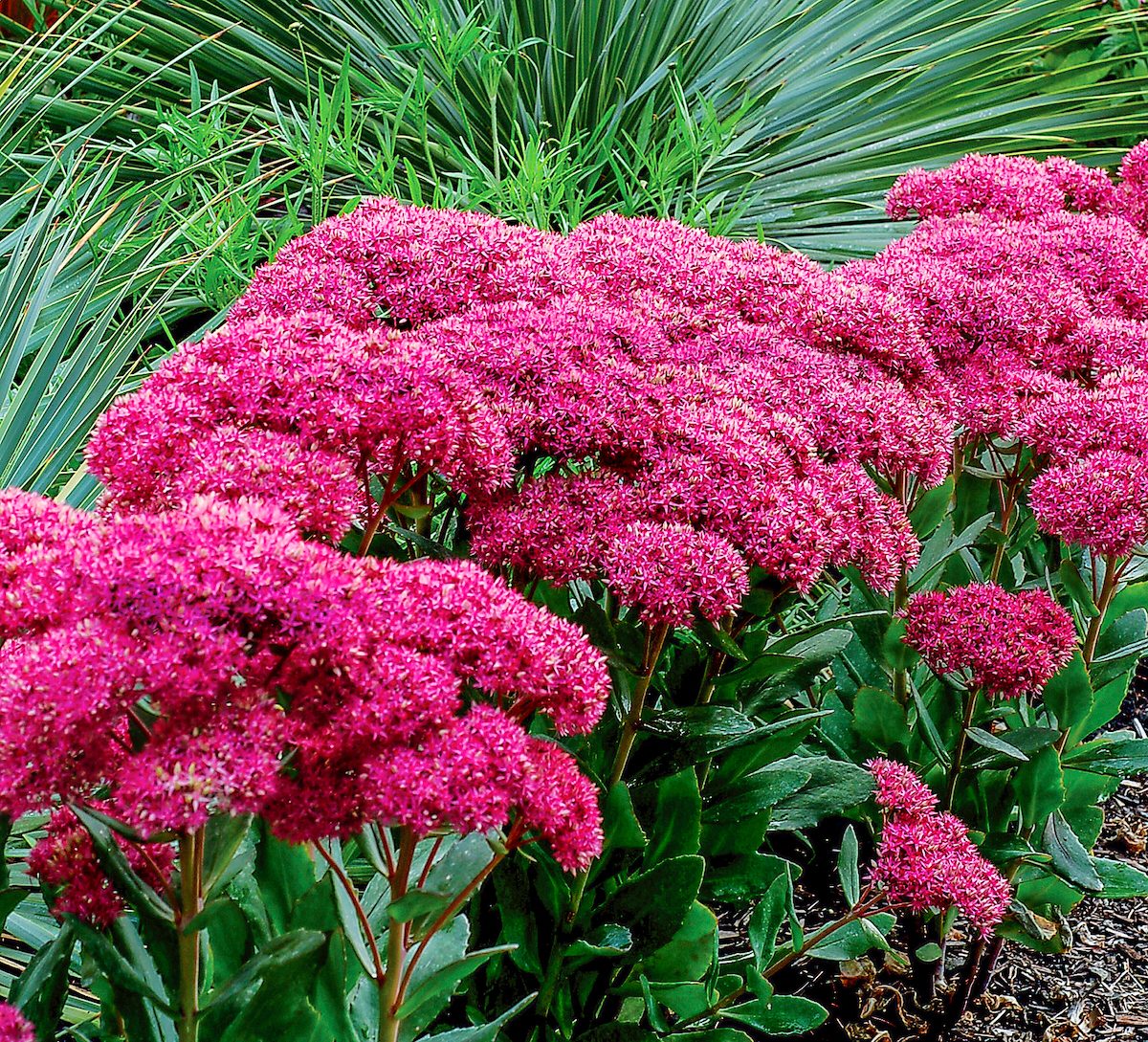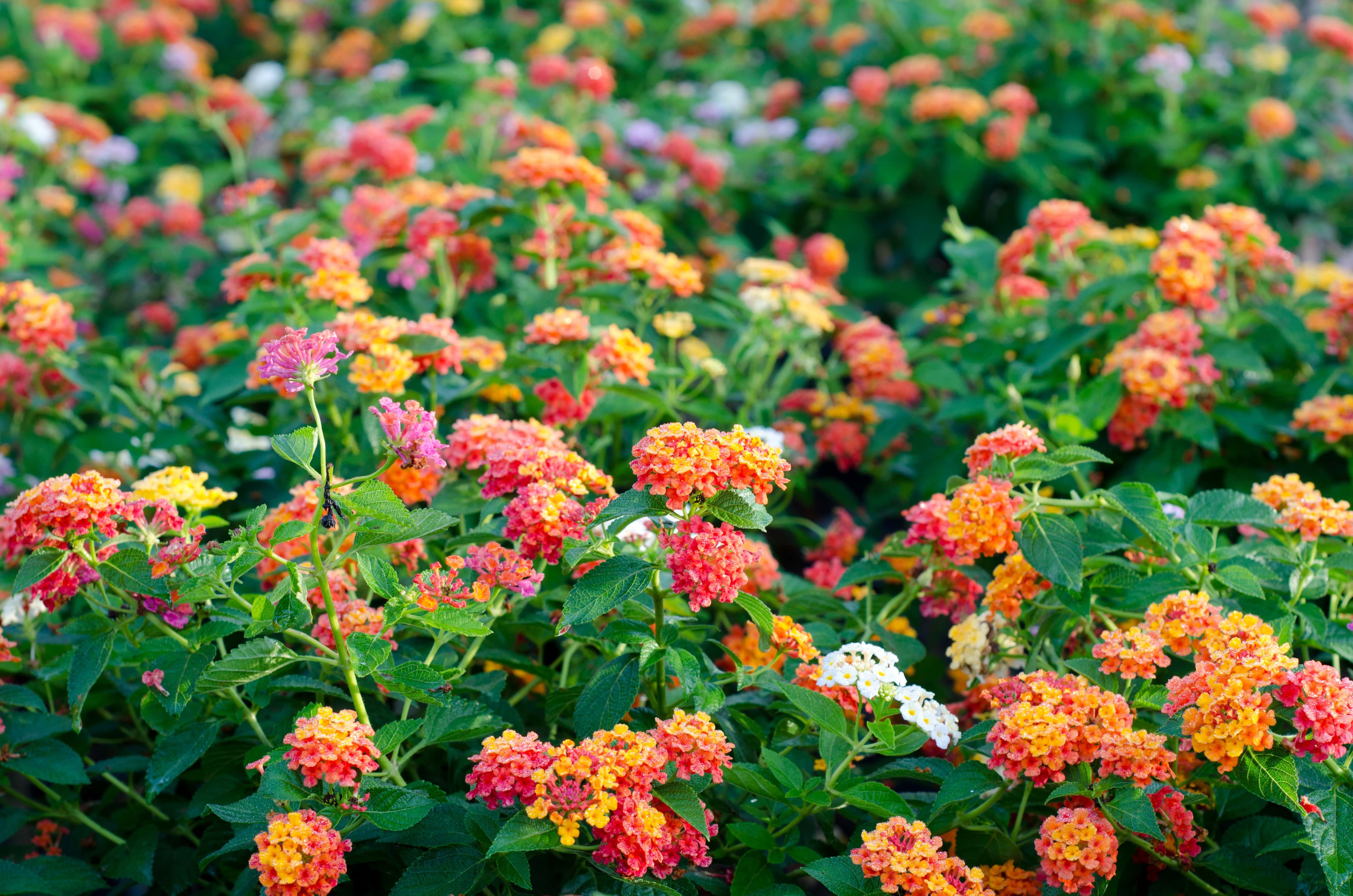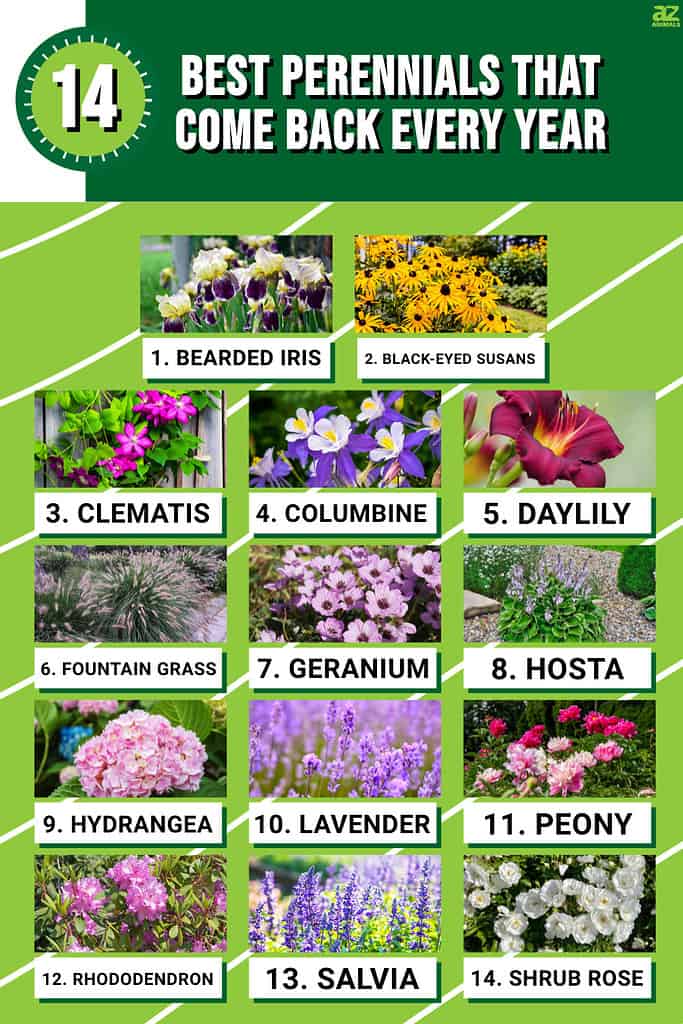What is the Best Plant to Grow All Year Round? Top Choices for Every Climate

Growing plants throughout the year can be a rewarding and enriching experience for both novice and seasoned gardeners. However, choosing the right plant that can thrive in various climates and seasons is key to ensuring a vibrant garden. In this article, we will explore the best plants to grow all year round, tailored to diverse environmental conditions. Whether you reside in a tropical paradise or a temperate zone, our top choices will help you maintain lush greenery and bountiful harvests, no matter the season. Join us as we delve into the characteristics and benefits of these remarkable plants.
What is the Best Plant to Grow All Year Round?
One of the best plants to grow all year round is the herb known as basil. This aromatic plant is highly adaptable and can thrive in various climates, whether grown indoors or outdoors. Basil prefers well-drained soil and a warm environment, making it ideal for indoor pots on a sunny windowsill or outdoor gardens in temperate regions. Due to its fast growth rate and ability to produce leaves continuously, basil not only provides an abundant supply for culinary uses but also enhances any garden space with its vibrant green foliage and delightful fragrance. Regular harvesting encourages more growth, ensuring that you can enjoy fresh basil throughout the year.
Importance of Growing Year-Round Herbs
Growing herbs like basil year-round allows for a fresh supply of ingredients at your fingertips. This provides the convenience of having fresh flavors on-demand without the need for grocery store trips. Additionally, many herbs have medicinal properties, enhancing your overall wellness.
Climate Considerations for Year-Round Growth
Although many plants can grow year-round, the climate plays a crucial role. Basil, for instance, thrives in warm conditions with plenty of sunlight. Indoor growing or greenhouse setups can mimic ideal conditions, allowing gardeners in cooler climates to cultivate herbs throughout the winter months.
Soil and Watering Needs
For optimal growth, basil requires well-draining soil enriched with organic matter. Consistent moisture is essential, but overwatering can lead to root rot. A balanced watering schedule ensures that the soil remains moist but not soggy, promoting healthy roots and lush foliage.
Common Pests and Problems
While basil is relatively easy to cultivate, it can attract pests like aphids and whiteflies. Keeping plants healthy through proper care can minimize such issues. Use organic remedies or insecticidal soap to deter pests without harming the plant.
Benefits of Indoor vs. Outdoor Planting
Indoor plants benefit from environmental control, such as regulated temperature and humidity, making it easier to grow year-round without weather interruptions. Conversely, outdoor growing allows basil to access natural rain and sunlight, contributing to robust plant growth, but seasonal changes can impact yield.
| Factor | Indoor Growing | Outdoor Growing |
|---|---|---|
| Temperature Control | High | Variable |
| Pest Management | Easy | Challenging |
| Space Requirements | Limited | Flexible |
| Accessibility | Year-Round | Seasonal |
| Cost | Higher Initial Investment | Lower Overall |
Which plant is good for all year round?

1. The Best Year-Round Plant: Pothos
Pothos, also known as Epipremnum aureum, is considered one of the best houseplants for year-round growth. Its adaptability to various lighting conditions makes it ideal for both beginners and seasoned plant enthusiasts. Pothos can thrive in low light but does best in bright, indirect sunlight. The cascading vines add aesthetic value to any space. Its low-maintenance nature means it requires infrequent watering and can tolerate neglect.
- Low Light Tolerance: Suitable for rooms with minimal sunlight.
- Watering Flexibility: Needs water only when the soil dries out.
- Elegant Appearance: Vines can trail beautifully, enhancing décor.
2. Benefits of Growing Year-Round Plants
Growing plants that thrive all year round has numerous benefits. They enhance indoor air quality and create a soothing ambiance. Moreover, they can boost your mood and provide a sense of responsibility and accomplishment as you care for them. Having plants like Pothos or Spider Plant consistently in your space contributes to overall well-being.
- Improved Air Quality: Plants absorb toxins and release oxygen.
- Mood Enhancement: Studies show that plants can reduce stress and anxiety.
- Consistency in Decor: Year-round greenery maintains a lively atmosphere.
3. Ideal Indoor Conditions for Year-Round Plants
To successfully grow plants year-round, certain conditions should be monitored. Temperature, humidity, and light levels are critical components of a plant's environment. Most year-round plants prefer temperatures between 60°F (15°C) and 75°F (24°C). Maintaining humidity levels will also help these plants thrive.
- Temperature Control: Avoid extremes; most plants flourish in moderate temperatures.
- Humidity Adjustment: Misting or using a humidifier can aid moisture levels.
- Light Management: Position plants where they can receive indirect sunlight.
4. Common Mistakes When Caring for Year-Round Plants
Many individuals make common mistakes that hinder their year-round plants' growth. Overwatering is one of the most prevalent issues, often leading to root rot. Additionally, placing plants in direct sunlight can scorch the leaves. Understanding each plant's specific needs helps prevent these errors.
- Overwatering: It’s crucial to let the soil dry between waterings.
- Incorrect Lighting: Learn the light requirements for each plant variety.
- Neglecting Fertilization: Regular feeding promotes healthy growth.
5. Other Suitable Year-Round Plants
Besides Pothos, there are several other plants that thrive throughout the year. For instance, the Spider Plant and Snake Plant are also excellent choices. Each has unique benefits and maintains good health under various indoor conditions.
See also:
- Spider Plant: Known for its air-purifying qualities and resilience.
- Snake Plant: Tolerates low light and infrequent watering.
- ZZ Plant: Thrives on neglect, making it perfect for busy individuals.
Which plant is best for all seasons?

The best plant for all seasons is the perpetual or evergreen plant known as the Helleborus, commonly referred to as the Lenten Rose. This plant is notable for its ability to thrive throughout the year, providing consistent beauty and color in gardens, even during the cold, harsh months of winter.
Benefits of Helleborus
The Helleborus plant offers multiple benefits that make it a favorite among gardeners.
- Year-round foliage: The plant retains its leaves throughout the seasons, ensuring that your garden maintains a lush appearance.
- Winter blooms: It is one of the few plants that provides flowers in winter and early spring, adding beauty when most other plants are dormant.
- Low maintenance: Once established, Helleborus requires minimal care, making it suitable for all types of gardeners.
Ideal Growing Conditions for Helleborus
To thrive, the Helleborus requires specific growing conditions that cater to its needs.
- Partial shade: It prefers shaded sites, which protect it from intense sunlight that can scorch its leaves.
- Moist, well-drained soil: The plant flourishes in soil that retains moisture but drains well to prevent root rot.
- Cool temperatures: Helleborus does best in cooler climates, making it an excellent choice for gardens that experience varied seasonal temperatures.
Types of Helleborus Suitable for Seasonal Growth
There are various types of Helleborus that are well-suited for all-season growth.
- Helleborus niger: Known as the Christmas Rose, it flowers in winter and has striking white blooms.
- Helleborus orientalis: This type offers a range of colors, including pink, purple, and white, making it diverse for garden aesthetics.
- Helleborus foetidus: Known as the stinking hellebore, it has green flowers, providing a unique visual element to the garden.
Caring for Helleborus Throughout the Seasons
Proper care ensures that the Helleborus remains healthy and vibrant throughout the year.
- Watering: Regular watering is crucial, especially in dry spells; however, overwatering should be avoided.
- Mulching: Applying mulch in the winter months helps retain moisture and protects the roots from freezing temperatures.
- Pruning: Remove old leaves after blooming to promote new growth and maintain the plant's appearance.
Creating a Seasonal Garden with Helleborus
Incorporating Helleborus into your garden can enhance its overall appeal across all seasons.
- Layering with other plants: Combine Helleborus with spring and summer bloomers to ensure a continuous display of color.
- Using as ground cover: The dense foliage of Helleborus can effectively suppress weeds, serving as an excellent ground cover.
- Designing pathways: Positioning Helleborus along pathways creates a stunning visual effect that draws the eye throughout the seasons.
What flower will grow all year round?

One of the most popular flowers that can grow all year round is the Pansy. Unlike many other flowers that have specific blooming seasons, pansies are known for their resilience and ability to thrive in various climates, making them an excellent choice for year-round gardening. They can endure frost and cold temperatures, allowing them to bloom even during fall and winter in many regions.
Characteristics of Pansies
Pansies are known for their vibrant colors and unique patterns, which can brighten any garden or landscape. Here are some key characteristics:
- Wide Color Range: Pansies come in various colors, including blue, yellow, purple, white, and orange.
- Heart-Shaped Leaves: They possess lovely, heart-shaped leaves that complement the flowers well.
- Durability: These flowers can withstand cold temperatures, thriving in cooler weather.
Ideal Growing Conditions
To ensure that pansies grow successfully throughout the year, it's essential to provide them with the right conditions. Consider the following:
- Soil Type: Pansies prefer well-drained soil that is rich in organic matter.
- Light Requirements: They thrive in partial to full sunlight, ideally receiving 4-6 hours of sunlight daily.
- Watering Needs: Consistent moisture is vital; however, avoid waterlogging, which can damage the roots.
Planting and Care Tips
Proper planting and care can enhance the growth and blooming of pansies throughout the year. Here are some tips:
- Planting Schedule: Fall and spring are the best times to plant pansies, giving them a chance to establish before harsh weather.
- Fertilization: Use a balanced fertilizer every 4-6 weeks to ensure healthy growth.
- Deadheading: Regularly removing spent flowers encourages more blooms and prolongs the flowering period.
Companion Plants
When planting pansies, they can benefit from being grouped with specific companion plants that enhance their growth and overall garden aesthetics:
See also:
- Violas: Similar in growth habits, they create a beautiful and cohesive look alongside pansies.
- Snapdragons: These upright flowers add height and contrast to the lower-growing pansies.
- Ornamental Kale: The unique foliage of ornamental kale provides a striking backdrop for pansy flowers.
Common Pests and Diseases
Like any plant, pansies are susceptible to certain pests and diseases. Knowing how to manage these can keep your pansies thriving:
- Aphids: These small insects can weaken plants; regular inspection and insecticidal soap can help control them.
- Powdery Mildew: This fungal disease thrives in crowded and humid conditions; ensure proper spacing for airflow to minimize risk.
- Slugs and Snails: These pests can be deterred using barriers or traps, as they love to feast on pansy foliage.
Which plants last all year, annuals or perennials?

Annuals and perennials are two types of plants that differ significantly in their growth cycles and lifespan. When considering which plants last all year, perennials are the primary category that fits this criterion.
Perennials are plants that live for more than two years, often going dormant in the winter and coming back to life in the spring. They are able to survive through various seasons due to their root systems, which can store nutrients and energy needed for the next blooming season. In contrast, annuals complete their life cycle within one growing season, sprouting, flowering, and dying off after producing seeds. Thus, they do not last all year in the same sense that perennials do.
Understanding Annuals
Annual plants are known for their vibrant and diverse blooms, but their lifespan is limited. Here are some key points about annuals:
- Typically complete their life cycle in a single growing season.
- They need to be replanted each year unless they self-seed.
- Annuals are great for providing immediate color in gardens and landscapes.
Understanding Perennials
Perennials are established plants that grow back season after season, offering a different kind of beauty and sustainability. Here are some characteristics of perennials:
- Live for multiple years, often adding more growth each season.
- They enter a dormant phase in colder months but are resilient.
- Common in gardens for their long-term presence and lower maintenance over time.
Seasonal Care for Perennials
To ensure that perennials thrive and come back year after year, appropriate care is essential. Consider these care tips:
- Mulching to protect roots during winter.
- Proper watering schedules to avoid root rot.
- Regular pruning to encourage new growth and flowering.
Benefits of Choosing Perennials
Choosing perennials for your garden has several benefits compared to annuals. Here are some advantages:
- Lower overall cost in the long term, as they don’t need to be repurchased yearly.
- Environmental benefits, such as improved soil health and attracting pollinators.
- Reduced maintenance once established, making them ideal for busy garden enthusiasts.
Examples of Popular Perennials
Some perennials are particularly well-loved for their durability and striking appearance. Here are several popular choices:
- Lavender - known for its fragrance and drought resistance.
- Hostas - valued for their lush foliage and shade tolerance.
- Daylilies - appreciated for their ability to thrive in various conditions.
Questions from Our Readers
What is the best plant to grow all year round?
Herbs are often considered the best plants to grow all year round due to their adaptability and low maintenance. Basil, parsley, and mint can thrive in various conditions and provide fresh flavors for your dishes, making them a popular choice for indoor and outdoor gardening.
Can I grow vegetables all year round?
Yes, you can grow vegetables all year round, but your options may vary depending on your climate. Leafy greens like spinach and kale are great for cooler months, while tomatoes and peppers can be grown in warmer conditions, allowing for continuous harvests throughout the year.
Are there any indoor plants suitable for year-round growth?
Yes, several indoor plants can grow year-round, including spider plants and pothos. These plants are known for their low light requirements and resilience, making them ideal for maintaining a green environment regardless of the season.
What are the benefits of growing plants year-round?
Growing plants year-round offers numerous benefits, such as providing fresh produce, enhancing your home's air quality, and improving your overall well-being. Additionally, it can be a rewarding hobby that helps you connect with nature and enjoy the satisfaction of nurturing living things throughout the year.
See also:

If you want to read more articles like What is the Best Plant to Grow All Year Round? Top Choices for Every Climate, we recommend you check out our Plants category.
Leave a Reply
Related Articles